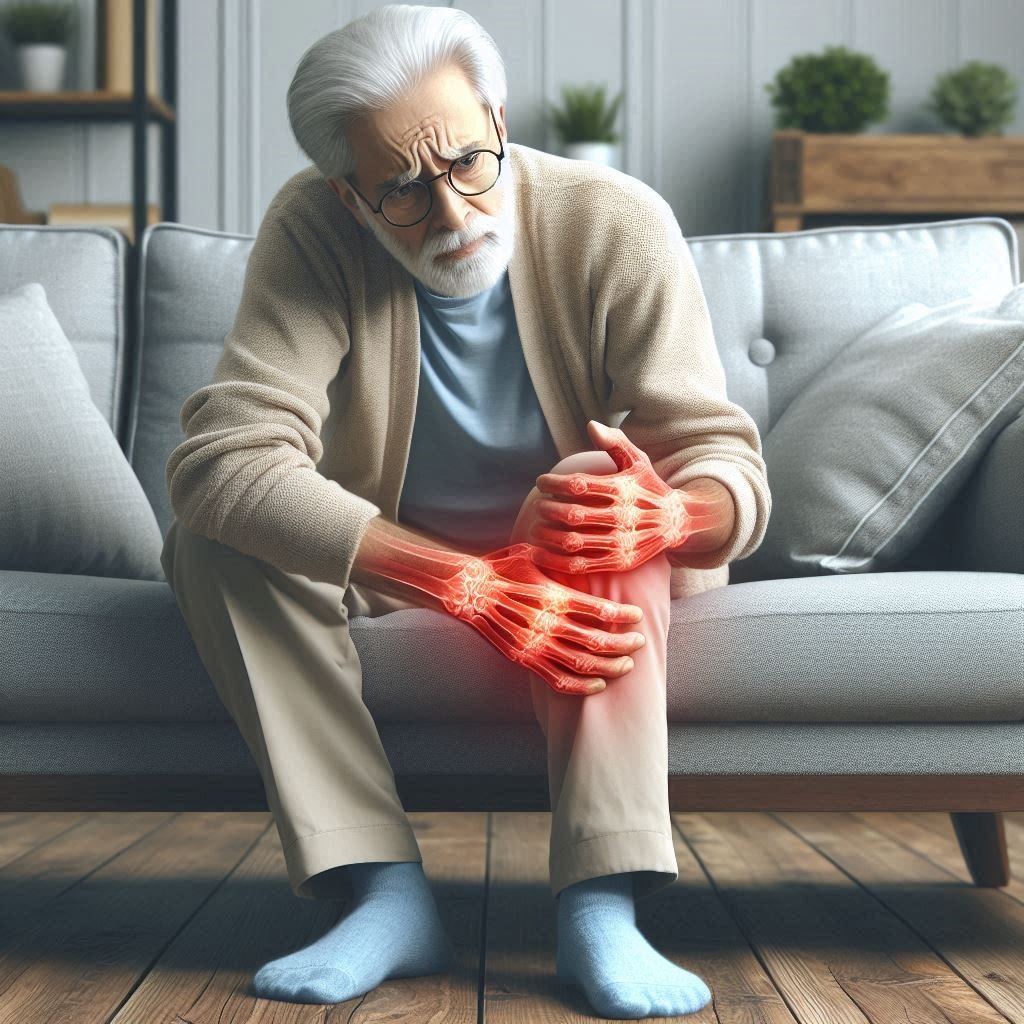
Achilles tendinitis is inflammation, irritation, and swelling of the Achilles tendon (the tendon that connects the muscles of the calf to the heel). The overuse causes inflammation that can lead to pain and swelling. Furthermore, Achilles tendonitis can lead to small tears within the tendon, and make it susceptible to rupture. Achilles tendinitis often results from sports that place a lot of stress on your calf muscles and Achilles tendon, such as basketball. It also is often associated with a sudden increase in the intensity or frequency of exercise. So, if you’ve started on a new exercise kick and you’re pushing yourself too quickly, you may be at risk of developing Achilles tendinitis. When treated promptly, Achilles tendinitis is often short-lived. Left untreated, Achilles tendinitis could cause persistent pain or cause the tendon to tear (rupture). If so, you may need surgery to correct the damage. Fortunately, rest and over-the-counter medications to reduce the pain and inflammation may be all the treatment you need for Achilles tendinitis.
Achilles tendonitis is a condition of irritation and inflammation of the large tendon in the back of the ankle. It connects the large calf muscles (Gastrocnemius and Soleus) to the heal bone (calcaneus) and provides the power in the push off phase of the gait cycle. The achilles tendon can become inflamed through overuse as well as a number of contributory factors. The Achilles tendon has a poor blood supply which is why it is slow to heal. Achilles tendoinitis can be acute or chronic. Acute achilles tendinotis may happen as a result of overuse or training too much, too soon especially on hard surfaces or up hills. Treatment may include Cold compression therapy, non-steroidal anti-inflammatory drugs, such as ibuprofen, ultrasound therapy, manual therapy techniques, a rehabilitation program, and in rare cases, application of a plaster cast. Steroid injection is sometimes used, but must be done after careful, expert consideration because it can increase the risk of tendon rupture. Severe cases may require surgery from an orthopedic surgeon. High load eccentric contractions have recently been shown to be very effective at decreasing the pain and strengthening the tendon. Prevention includes following appropriate exercise habits and wearing low-heeled shoes. An athletic trainer or physical trainer can prescribe safe exercise methods.
Causes of Achilles Tendonitis
There are many factors such as trauma, overuse, infection and diseases like arthritis that could lead to inflammation of tendon. Overuse is considered as the main common cause behind development of Achilles tendonitis. Tendonitis is common walkers, runners, and athletes who do a lot of jumping and running . Arthritis located around the heel can cause Achilles tendonitis. This occurs because when extra bony growths develop around joints, the tendon can become inflamed and painful.
Symptoms of Achilles Tendonitis:
1. Severe pain in the heel when walking or running.
2. Swelling.
3. Warm tendon.
4. Swelling, tenderness and warmth of the Achilles tendon.
5. Redness over the skin.
6. Stiffness that lessens as your tendon warms up.
Treatment of Achilles Tendonitis
The most common treatments are: pain medication, anti-inflammatory medication (aspirin, ibuprofen) and physical therapy. Treatment for an Achilles tendon rupture includes surgery or a cast, splint, brace, walking boot, or other device that will keep your lower leg from moving (immobilization). This gives the Achilles tendon time to heal-generally 6 to 12 weeks. Although treatment for tendinopathy or a rupture takes time, healing is usually successful.




